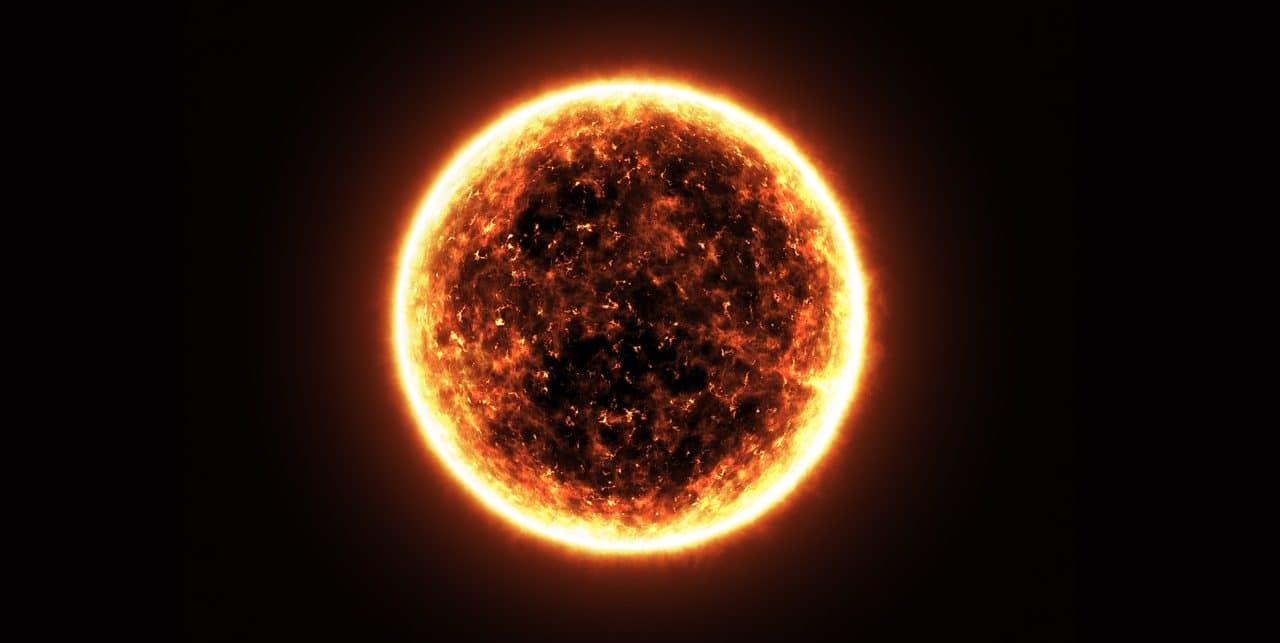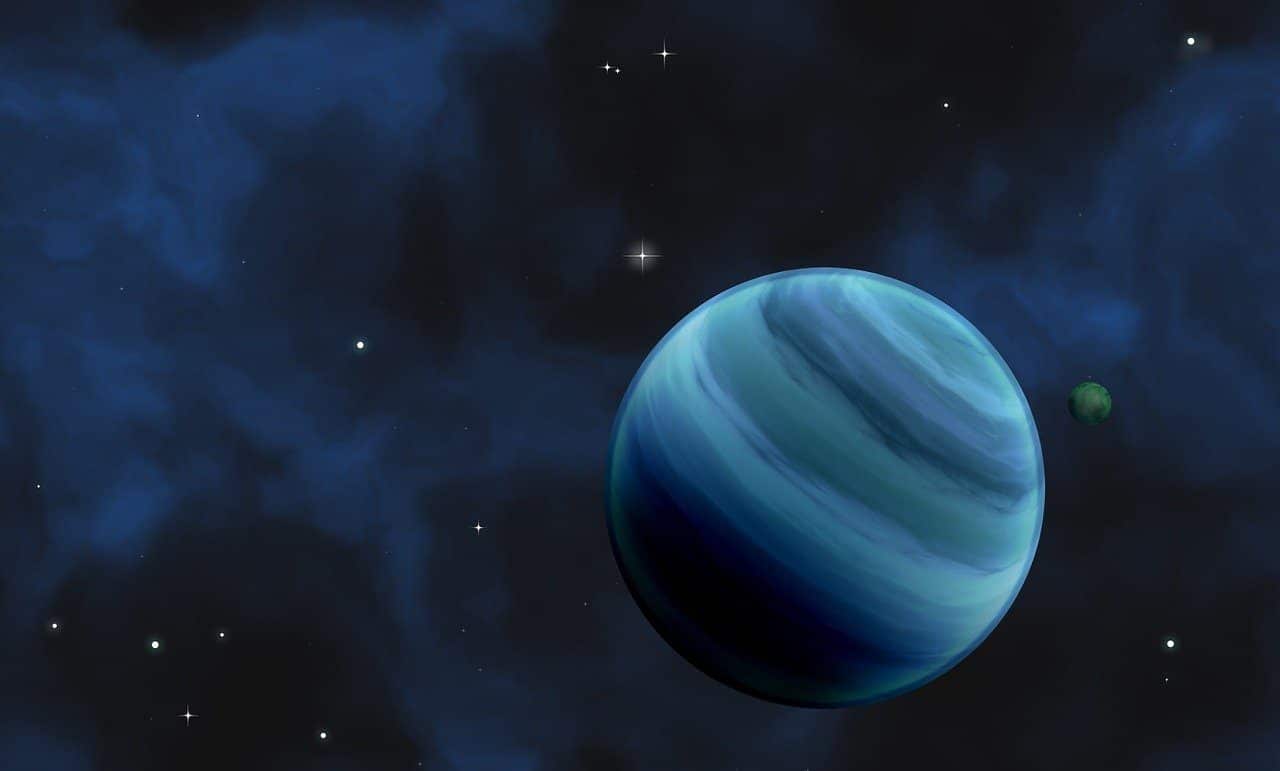
It is believed that, in around five billion years, the sun will be transformed into a red giant star.
Red giant is the name given to those stars with an intermediate or low mass that, within the framework of the stellar evolution process, have already crossed the main sequence and exhausted the hydrogen they possessed. When analyzing the stellar life cycle, it is noted that this stage is reached with nuclear fusion that involves helium .
A reddish hue, a significantly increased volume and a surface that has relatively cooled are the first signs of the emergence of a red giant , which is consolidated as such when it exceeds the size and luminosity of the sun by a large percentage. There is no clearly delimited photosphere or many large cells; however, a chromosphere with high temperatures is evident.
Types of red giants
Within the set of red giants there are different classifications that respond to the characteristics of this class of stars .
The one in whose atmosphere more carbon than oxygen is detected, for example, makes up the family known as carbon stars of spectral type R. There are, the theory says, R-cold stars and R-hot stars , varieties that science has been examining. It has been established based on research work, to detail one precision, that in the case of the R-cold there are identical features with respect to the normal carbon star (type N), while the unknowns about the emergence of each star R-hot they continue. An attempt was made to simulate a hypothetical scenario conducive to its formation by appealing to the fusion of a red giant and a white dwarf made of helium , but the plan did not prosper, which is why efforts must continue to reveal the mysteries that surround it.
Years ago, on the other hand, a light red giant was detected that is less massive and smaller than the usual or traditional red giant . The Kepler space telescope was recording over several seasons the changes in the brightness of a large number of red giants : based on this data, a team of astronomers was able to differentiate between dim (less luminous) red giants and others with a mass smaller compared to the "normal" ones .

From Earth it has been possible to see an eclipse that involved, some time ago, an asteroid and the red giant Betelgeuse.
Training and evolution
The formation and evolution of a red giant contemplates different phenomena and processes. The starting point is the main sequence . When the core runs out of hydrogen supply, fusion begins into helium , an element that ends up reaching a critical level: within this framework, the internal pressure decreases, the star compresses and heats up and, thus, becomes fusion of the scarce hydrogen that remains in its central part is impossible. Given this scenario, the core full of helium shrinks and the red giant phase begins, a period that in turn concludes with the ignition of the aforementioned helium .
When the red giant breaks off its outermost layers, it ends up causing an explosion and, in this context, a planetary nebula is formed. The remnant resulting from these phenomena is identified as a white dwarf .
Best-known red giants
Among the best-known red giants is Betelgeuse , a star almost a thousand times larger than the sun that is cited by some sources as a red supergiant . Based on information collected by the Hubble space telescope, it has been established that in 2019 this star had an explosion.
Baekdu is another notable red giant as it expanded (even exceeding the orbit of the planet Halla in dimensions) and shrank again. Contrary to the assumptions of specialists on the subject, in this case the star did not end up devouring Halla , a reality that has given rise to conjectures and in-depth studies based on simulations. The most solid explanation interprets that Baekdu has been a binary star whose growth in size was not significant enough to endanger the planet closest to it. Another option raises the possibility of a post- stellar merger Halla emergence.

Scientists have found several exoplanets , recognized as gas giant planets with features similar to those of Jupiter, that revolve around red giants.
Already in the final section of this article we cannot fail to allude to the general uncertainty regarding an eventual outcome of our solar system depending on the moment in which the sun (where an immense dark spot has been detected not so long ago) becomes a red giant . Although there is still much to investigate and doubts to be scientifically resolved, it is said that the sun is rapidly increasing its brightness (expected in any stellar evolutionary process) and that, in approximately 5.5 billion years, it would transform into a "red giant rock." . According to the content published by a North American magazine specialized in scientific issues, when this happens the Earth would be enveloped by the outer layers of this star , whose core would become smaller and its temperature would rise to thousands of degrees Celsius as part of this phenomenon. and in around 10 billion years it could go out.
